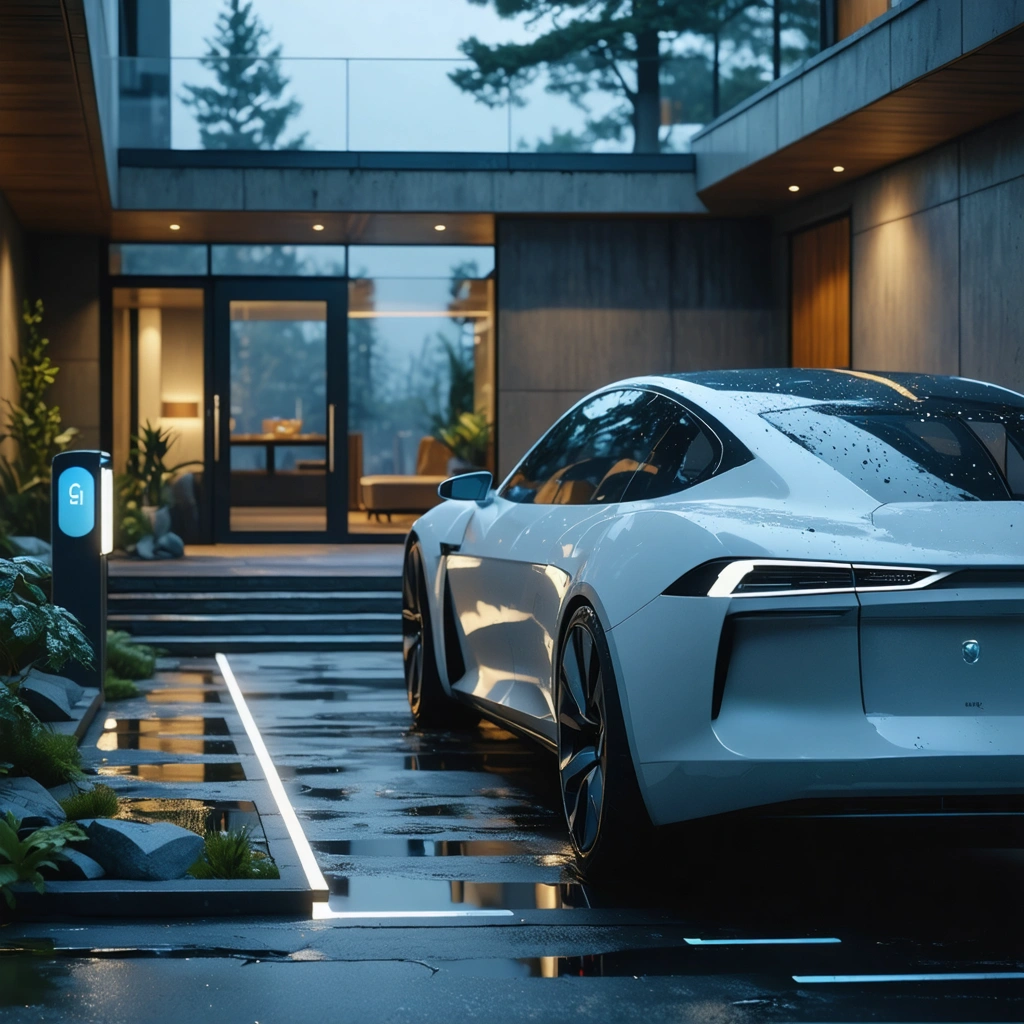
Introduction to Massachusetts’s Bidirectional EV Charging Program
The state of Massachusetts is pioneering a revolutionary approach to electric vehicle (EV) charging. In a bid to advance clean energy solutions, Massachusetts is launching a statewide bidirectional charging program. The program, administered by the Massachusetts Clean Energy Center (CEC), proposes to issue free bidirectional electric vehicle chargers to residents and fleet operators who participate.
Understanding Bidirectional Charging
Before delving into the specifics of the program, it is essential to understand what bidirectional charging entails. Unlike conventional EV chargers, bidirectional chargers allow energy to flow in two directions. This means that not only can the EV draw power from the charging station (grid to vehicle – G2V), but the vehicle can also return unused power back to the grid (vehicle to grid – V2G). This unique ability creates an array of potential use cases and benefits.
The Potential of Bidirectional Charging
• Peak Shaving: EVs can return power to the grid during peak demand times, reducing the load on the grid and preventing blackouts. • Grid Balancing: EVs can help balance the grid by storing excess renewable energy during the day and returning it to the grid when needed. • Emergency Power: In an emergency, an EV can power a home or other critical infrastructure.
Details of Massachusetts’s Bidirectional EV Charging Program
The Massachusetts Clean Energy Center (CEC) aims to demonstrate the potential of bidirectional charging through this program. By placing these chargers at residences and with fleet operators, the CEC hopes to display the versatility of EVs as mobile energy storage units that can benefit the entire power grid. To participate in the program, residents and fleet operators must agree to share their charging data with the CEC. This data will give the CEC valuable insights into EV charging behavior, power grid stability, and the practicality of V2G technology.
Program Benefits
• Free Equipment: Participants will receive a free bidirectional EV charger, reducing the financial barrier to adopting this technology. • Energy Savings: By using the V2G functionality, participants can save on their electricity bills by selling excess power back to the grid. • Support Clean Energy: By participating, residents and fleet operators support the adoption of clean energy solutions and contribute to a more sustainable future.
Conclusion
Massachusetts’s bidirectional EV charging program is a bold step towards a greener future. It offers a unique opportunity to explore the use of EVs not just as vehicles, but as dynamic components of our power grid. Its success could pave the way for more widespread adoption of bidirectional charging and V2G technologies, changing the way we think about electric vehicles and energy use forever. Source: link




